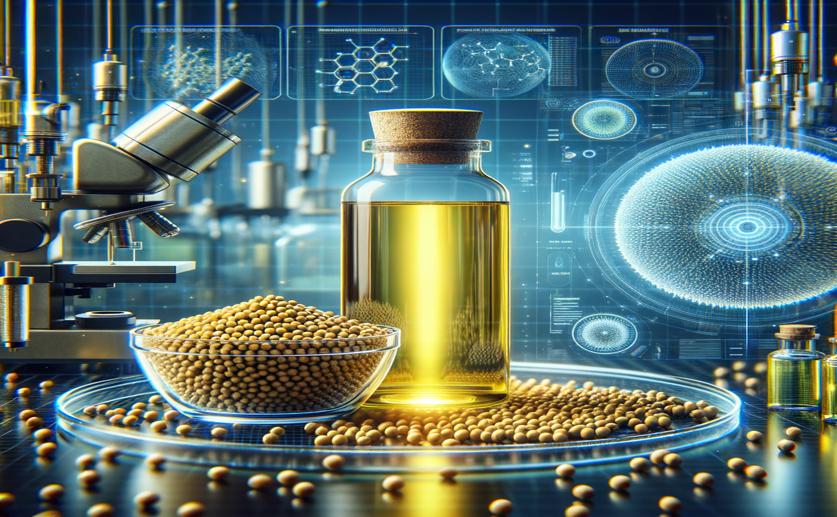
Analyzing Mustard Seed Oil Using Advanced Hyperspectral Imaging Techniques
Greg Howard
12th July, 2024

Image Source: Natural Science News, 2024
Key Findings
- The study by ICAR-Central Institute of Agricultural Engineering explored microwave pre-treatment to improve mustard oil extraction
- Microwave pre-treatment significantly increased the amount of oil that could be extracted from mustard seeds
- Hyperspectral imaging showed high accuracy in predicting oil content and fatty acid composition after microwave treatment
AgricultureBiochemPlant Science
References
Main Study
1) A chemometric approach to assess the oil composition and content of microwave-treated mustard (Brassica juncea) seeds using Vis-NIR-SWIR hyperspectral imaging.
Published 8th July, 2024
https://doi.org/10.1038/s41598-024-63073-0
Related Studies
2) Effect of microwave treatment on the efficacy of expeller pressing of Brassica napus rapeseed and Brassica juncea mustard seeds.
3) Functional Roles of Fatty Acids and Their Effects on Human Health.
4) Advanced techniques in edible oil authentication: A systematic review and critical analysis.



 6th July, 2024 | Jenn Hoskins
6th July, 2024 | Jenn Hoskins